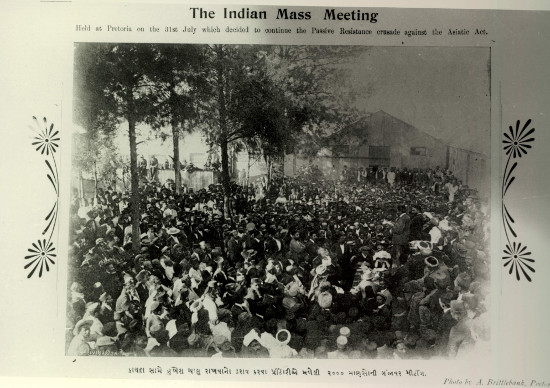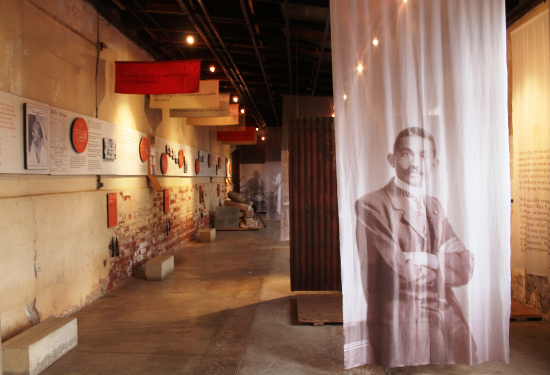This year marks 100 years since Mahatma Gandhi and Jan Smuts signed the Indian Relief Act of 1914. Gandhi fought to repeal the humiliating laws that dictated where Indians could trade and live. The signing of the Indian Relief Act of 1914, abolished the 3 pound tax on Indians, recognized the marriage contracts according to traditional Hindu and Muslim rites and also made allowances for educated Indians to enter the country.

These events signaled the end of the Satyagraha campaign in South Africa, Gandhi’s political movement that had gained momentum since 1906 when the South African government introduced the Asiatic Law Amendment Ordinance. This law made it compulsory for “Asiatics” over a certain age to sign and fingerprint a registration card, as part of South Africa’s first attempts at racial classification.
For Gandhi the Satyagraha movement was not only about political freedom but also about achieving inner freedom and following an inner truth. He thus launched this non-violent campaign with this philosophy in mind, by incorporating satya (truth) and agraha (taking, seizing, holding) suggesting that one seizes hold of the truth.
The Satyagraha approach incorporated resistance through non-cooperative, non-violent action and sacrifice. While practicing this philosophy Gandhi and many of his followers were imprisoned and some even deported for the burning of registration certificates or participating in protest marches. Gandhi had thousands of Indian and Chinese supporters and founded the Tolstoy farm, in Transvaal for followers and volunteers who embraced his lifestyle and to practice and teach his believes.

The spirit of the Satyagraha campaign is embodied by the Gandhi exhibition, Prisoner of Conscience at Constitution Hill. Incarcerated at the Fort in 1908, the exhibition touches on Gandhi’s time in South Africa and his experiences in prison as well as his complex relationship with Jan Smuts. The exhibition shows Gandhi’s unwavering resolve in the prison under appalling conditions. More often than not the prison cells were crowded, with poor sanitation and meager food rations. Gandhi believed that what he fought for was worth suffering for. He used his time in prison to reflect and meditate, seeing his physical suffering as a testament to his strength. With echoes of Gandhi’s voice reverberating off the walls, the exhibition not only shows his philosophies but the humble lifestyle he lived in and out of prison.
See inventory for the Natal Indian Congress (NIC) collection (AL2412)
See inventory for the Transvaal Indian Congress (TIC) collection (AL2563)
See inventory for the Tolstoy Farm collection (AL2573)
See inventory for the Indian Community in the Transvaal collection (AL2686)
See inventory for the Sunday Times Heritage collection (AL3282)
See inventory for the Constitution Hill collection (AL3295)








